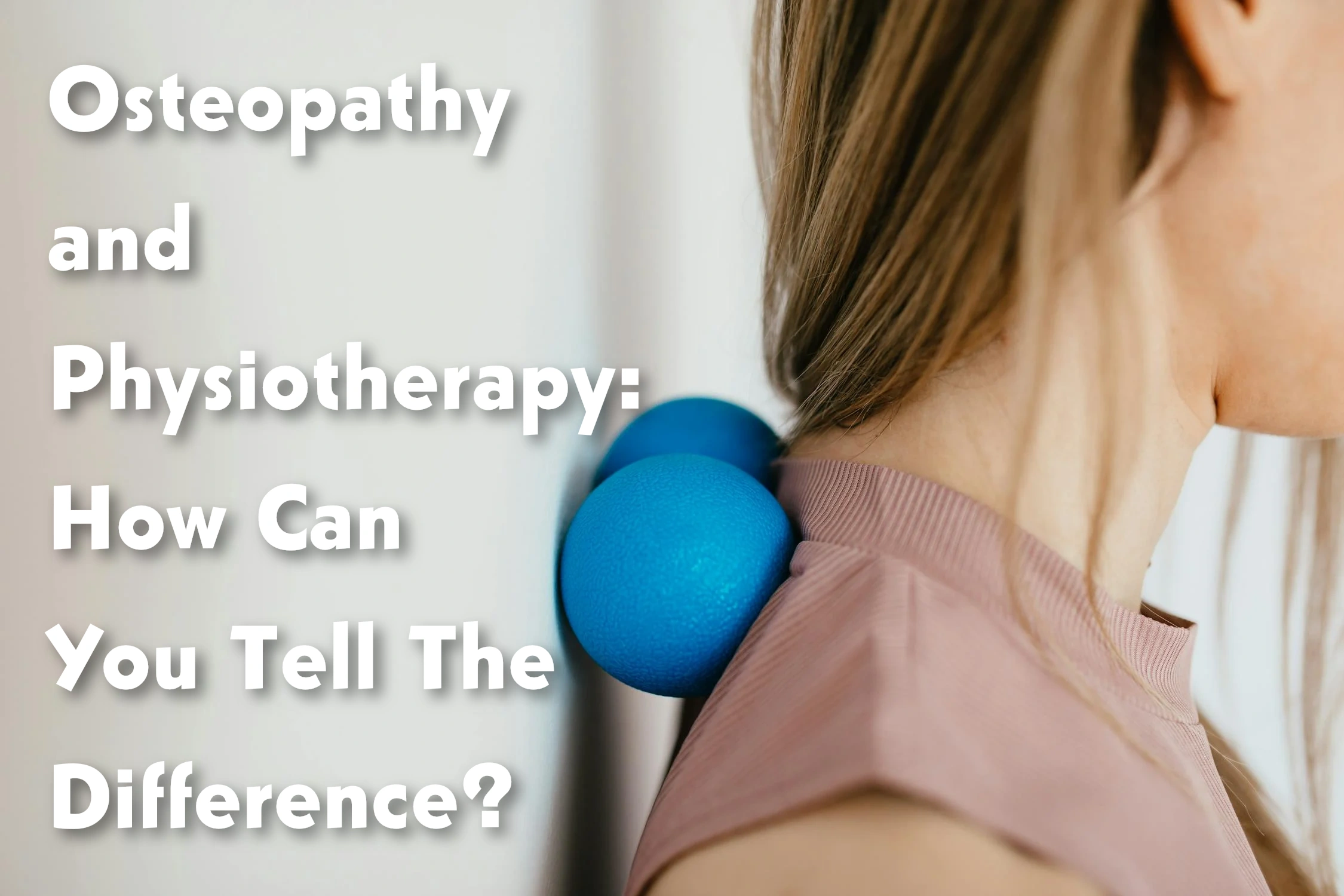A lot of people get osteopathy and physiotherapy to help them deal with pain, move around more easily, and get better after an accident. There are some similarities between these two areas of medicine, but they also treat different illnesses and do things in different ways. You can make better decisions about your health and exercise if you know the differences.
Let’s talk about how osteopathy and swimming are different and how they might help you.
Osteopathy: How Does It Work?
Osteopathy is a branch of physical medicine that looks at how the body’s structure and how it works are linked. In the 1800s, Dr. Andrew Taylor Still began osteopathy. It is based on the idea that when the musculoskeletal system is in good shape, the body can heal itself on its own.
The job of an osteopath is to study how bones, muscles, tendons, and connective tissue all work together. By making the blood flow better, they hope to fix physical problems that may be hurting or making it hard to move.
These are some popular osteopathic methods:
- Soft tissue manipulation
- Joint mobilization
- Myofascial release
- Visceral manipulation (working on internal organs)
It means working on the parts inside the body when you use visceral massage. These techniques are meant to help the body heal itself without drugs or surgery.
What’s physiotherapy?
Physiotherapy, which is also known as physical therapy, is a more general field of medicine that helps people who are hurt, sick, or disabled get their function and movement back. It helps people get better and stay healthy by combining treatment with education, exercise, and advice.
Physiotherapists watch how people move to find out what’s wrong and make treatment plans that are just right for each person.
They want to help people get their strength, flexibility, coordination, and endurance back by giving them a planned way to recover.
Tools that are often used in physiotherapy are:
- Exercise therapy
- Manual therapy
- Electrotherapy (e.g., ultrasound, TENS)
- Posture correction and ergonomic training
- Neurological rehabilitation
Physiotherapists help people who have had surgery, an accident, a stroke, or a long-term illness like arthritis get better.
How Are Osteopathy and Physiotherapy Not the Same?

There are some big differences between the two jobs that try to ease pain and make the world a better place to live:
1. A deep look at ideas
Osteopathy looks at the body as a whole, which is also called “holistically.” It talks about how the different parts of the body work together and impact one another. One way an osteopath might help back pain is by working on the stomach or digestive system to loosen it up.
Physiotherapy, on the other hand, is based on facts and biomechanics. There are specific musculoskeletal problems that are looked at, and goals are set that can be used to track growth and healing.
2. The Types of Work Done
People who go to physiotherapy often have structured rehab plans that include exercises, physical training, and learning how to live a better life. Health care facilities, sports clubs, and other public places can all use it.
In osteopathy, you mostly use your hands to help and figure out what’s wrong. Osteopaths do give advice on how to work out and live a better life, but their main job is to use their hands to move the body in ways that improve health and alignment all over.
3. Different ways to treat
A physiotherapist may use machines, training plans, or just their hands to help people. How they treat people might change after a few weeks or months if they do a good job.
Osteopaths use more direct pressure and small corrections. They often work on more than one area at once to help the body’s balance.
4. Conditions Taken Care Of
A lot of the problems that both doctors treat are the same, like stress headaches, back pain, and damage to the joints. On the other hand, osteopaths can help people who have issues with their heart, stomach, or breathing by making the muscles in those areas work better.
How to Choose the Best Service for You

How you feel, your health goals, and your personal preferences will help you choose between osteopathy and physiotherapy. If you need a special plan for recovery after surgery or an injury or are recovering from sports, physiotherapy might be a better choice. When you want to treat your whole body, especially if you have long-term pain or issues with how your body works, osteopathy may be able to help you.
Most of the time, using both treatments together gives the best results, especially for problems that are hard to treat or last a long time.
If you live in Singapore or Southeast Asia and want to become an osteopath, https://esointernational.asia/ has training programs that are among the best in the world and teach a wide range of clinical and academic skills. People who want to learn more about how osteopathy can help them get better can start here.
What It Does in Real Life
People often switch between osteopaths and physiotherapists based on how well they help them. The first thing someone who hurt their knee might do is physiotherapy to get stronger and more steady. The next thing they might do is osteopathy to fix their balance or align their spine.
People who go to Phoenix Rehab can talk to experts who have been there and done that and know how to get the most out of each type of treatment. When osteopathy and physiotherapy are used together in a mixed setting, it helps make sure that each patient gets effective, individualized care that is right for them.
Even though both osteopathy and physiotherapy try to improve health and mobility, they are very different because they use different tools and have different ideas. You can choose the method that works best for your body and your life if you know these differences.
A trained health care worker, such as an osteopath or physiotherapist, can help you get better at moving and recovering over time. They can also improve your overall health.

